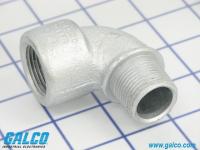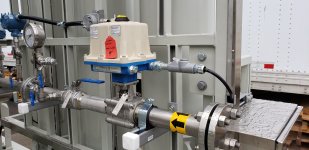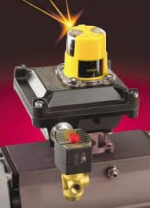BurnabyBeej
Member
- Location
- Vancouver, BC, Canada
- Occupation
- E&I Technician
Hi all,
We're having a heck of a time with some of the Class I Division 2 Group D installations that we have done in the last couple of years. We are now finding that water ingress is causing premature instrument failures in many of the very expensive instruments that we have installed in the field.
My assumption was that the 7 running threads connection into the flameproof enclosure would be enough to stop water from being pulled in through capillary action but that appears to be false. There are 3/4" NPT threaded holes in the side of some instruments where 3/4" to 1/2" listed reducers are fitted and then a 1/2" rigid nipple connects the instrument to the poured EYS seal. If it were a 1/2" NPT hole, I would use a sealing ring and a locknut to waterproof the connection, but in this case there is an exposed 3/4" thread on the reducer.
Generally, how do you mitigate this problem and still maintain good electrical continuity?
As well, should we be putting some duct seal in the end of the pipe where it enters the instrument to stop humid air from entering?
Thanks in advance for any suggestions.
Cheers,
Beej
We're having a heck of a time with some of the Class I Division 2 Group D installations that we have done in the last couple of years. We are now finding that water ingress is causing premature instrument failures in many of the very expensive instruments that we have installed in the field.
My assumption was that the 7 running threads connection into the flameproof enclosure would be enough to stop water from being pulled in through capillary action but that appears to be false. There are 3/4" NPT threaded holes in the side of some instruments where 3/4" to 1/2" listed reducers are fitted and then a 1/2" rigid nipple connects the instrument to the poured EYS seal. If it were a 1/2" NPT hole, I would use a sealing ring and a locknut to waterproof the connection, but in this case there is an exposed 3/4" thread on the reducer.
Generally, how do you mitigate this problem and still maintain good electrical continuity?
As well, should we be putting some duct seal in the end of the pipe where it enters the instrument to stop humid air from entering?
Thanks in advance for any suggestions.
Cheers,
Beej




